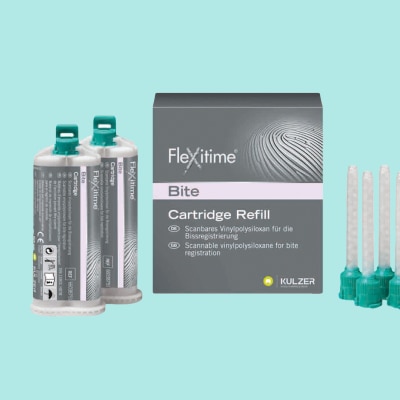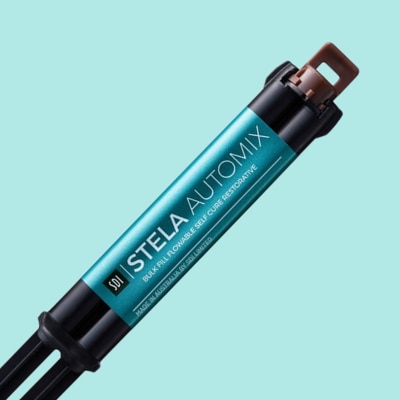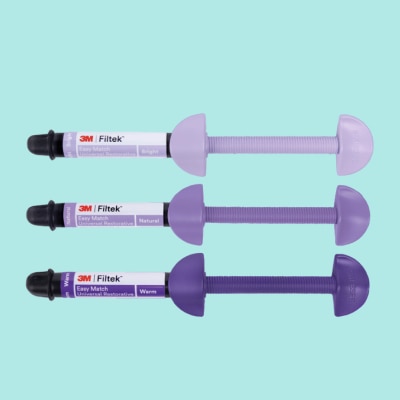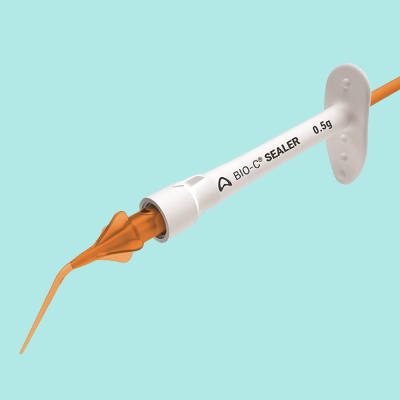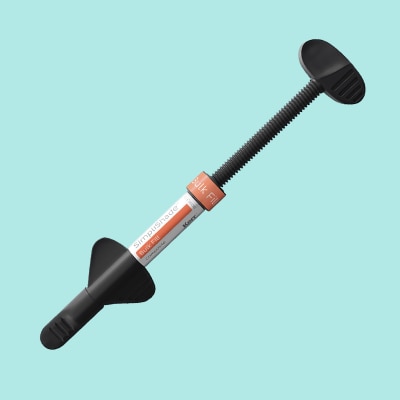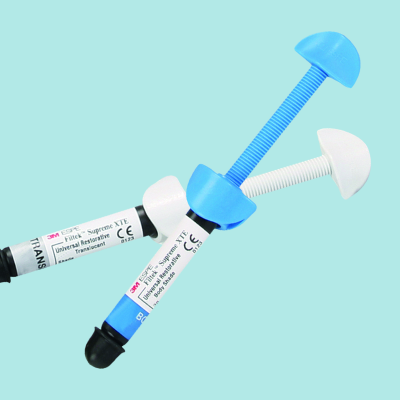What Is RetraXil Astringent Retraction Paste?
RetraXil is designed for the temporary displacement of marginal gingiva and drying of the gingival sulcus prior to impression taking. The paste works the same as most systems in that a tip is placed into the gingival sulcus to retract the tissue. Paste is then injected from the tip directly into the sulcus.
After around two minutes the paste can be rinsed off using air-water spray to expose clear, blood-free preparation margins ready for a precise impression to be taken. Sulcus bleeding is controlled by the paste’s astringent aluminium chloride (15%) which provides a haemostatic effect.
5 Reasons To Try RetraXil Astringent Retraction Paste
When it comes to laying the foundations for a quality dental impression two things are vital; controlling sulcular bleeding and ensuring the relevant margins are properly exposed. Retractions cords have historically been the most popular way of doing this. However, in recent years an increasing number of dentists have switched to a retraction paste system.
Astringent retraction paste can provide several advantages over cords for patient and dentist alike. Newly advanced pastes, such as RetraXil from Kulzer, are optimising these benefits.
Safety during application
One of the main reasons dentists prefer astringent retraction paste over retraction cords is patient comfort and safety. Retraction cords are coated in a haemostatic agent and placed into the gingival sulcus to physically retract the tissue. This technique can sometimes be uncomfortable for patients and usually requires the use of local anaesthetic. With cords, care must also be taken to not rupture the epithelial attachment as this can lead to irreversible tissue damage.
A 2010 study showed a significant association between retraction materials and the degree of injury to the sulcular epithelium, with retraction paste found to cause less trauma and injury than cords.
RetraXil retraction paste is designed to offer the highest standards in safety through the following design features.
- Thinnest cannula on the market for atraumatic application (minimum tissue injury)
- No risk of systemic overdose
- Blue colour contrast to the gingiva and teeth offers high visibility and good control when rinsing
- Long-lasting, predictable haemostasis
- Twisting aid offers secure fit of the cannula on the syringe and enables the cannula to be twisted on and off safely

Excellent handling features
As well as being atraumatic, the fine cannula design offers precise application into the sulcus and better interproximal access. A thinner tip enables the paste to flow into the sulcus more easily which should result in a better retraction and ultimately a more precise impression.
Versatile application possibilities
RetraXil can be used with or without retraction cords and is compatible with both digital and analogue impression techniques. It can also be used for cementing temporary and permanent restorations as well as for Class II and Class V fillings.
Economical and time-saving
Using an astringent retraction paste requires fewer works steps compared to a retraction cord technique which is a lot more technique sensitive. With cords, a significant amount of time can be spent positioning them properly and keeping them in place for effective retraction. RetraXil, which only needs to be in place for around 2 minutes, offers fast, convenient, and effective retraction provided proper technique is followed.
Dentist seal of approval
Great and strong addition to the market and loved the product. Will definitely be using it again and again.

I was extremely pleased with the consistency of the paste. Easy to wash away leaving no particles behind and dried the sulcus efficiently.

Retraxil® would be my choice over astringent capsules as it is more user-friendly and there isn't any residue.

Great and strong addition to the market and loved the product. Will definitely be using it again and again.

I was extremely pleased with the consistency of the paste. Easy to wash away leaving no particles behind and dried the sulcus efficiently.

Retraxil® would be my choice over astringent capsules as it is more user-friendly and there isn't any residue.








